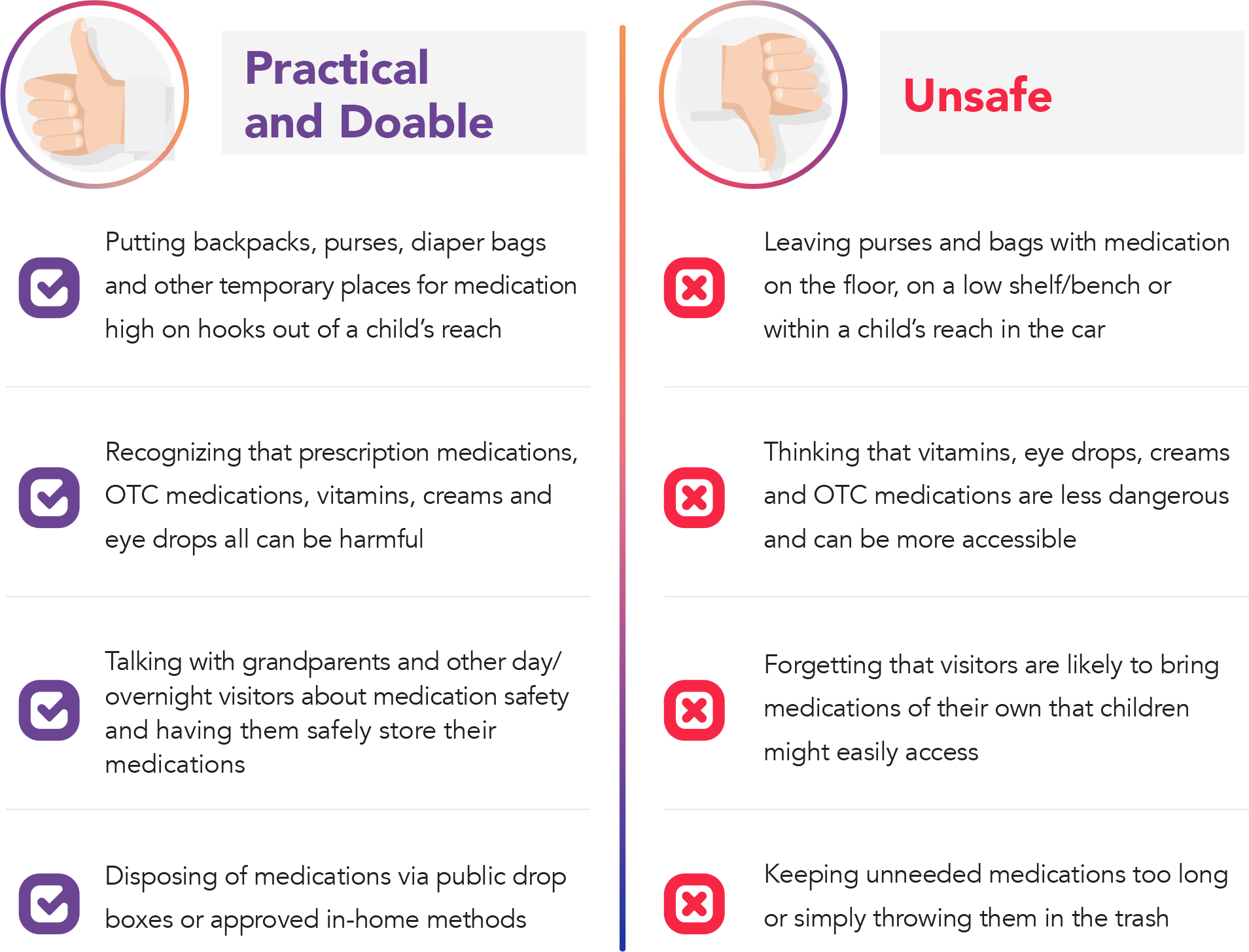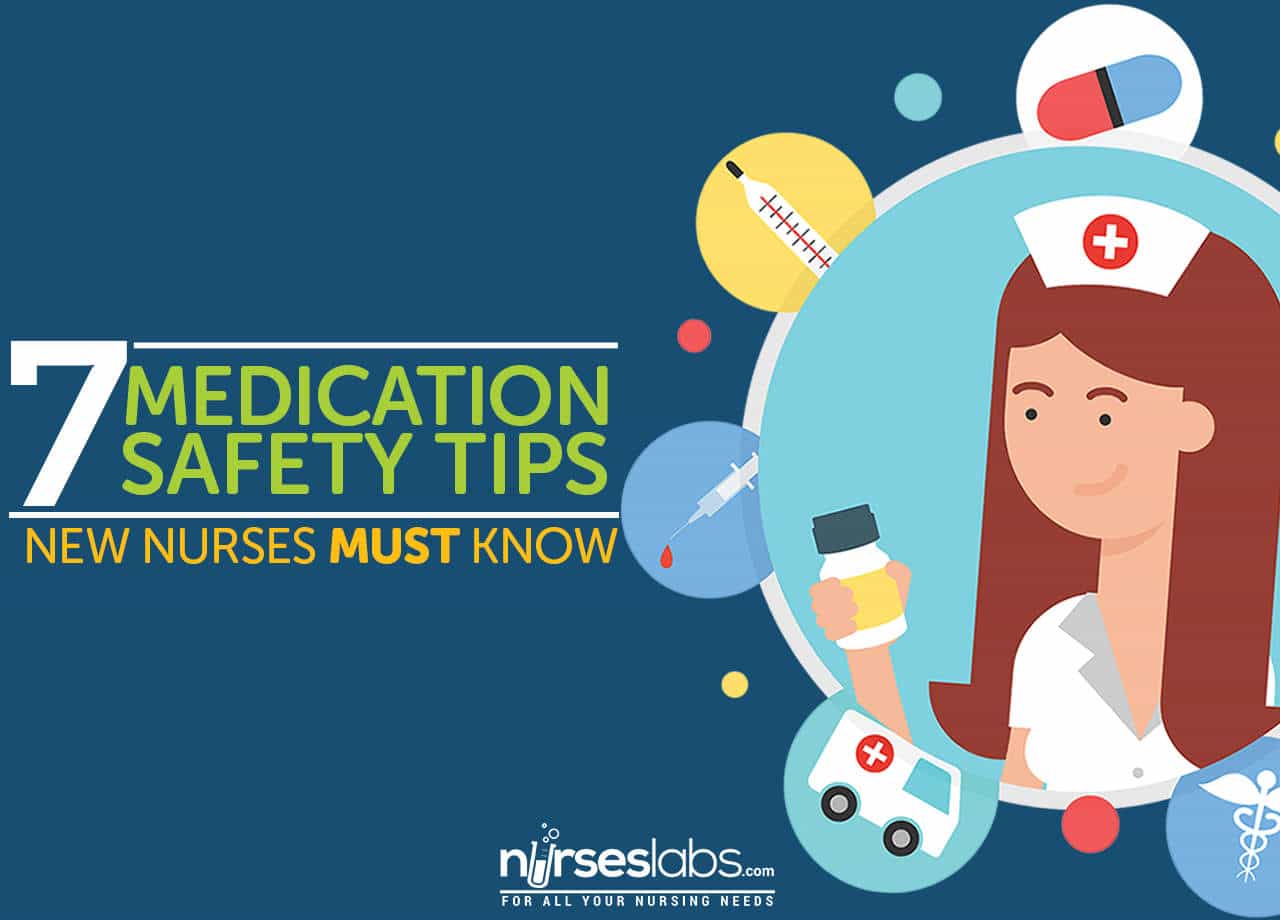The Best Guide To Elementary
When you get your prescriptions filled, the pharmacist can respond to a number of your concerns about prescription drugs, OTC medicines, and supplements. Try to have all your prescriptions filled at the exact same drug store so your records remain in one place. This will assist inform the pharmacist if a brand-new drug might cause a problem with something else you’re taking.

When you have a prescription filled: Ask your pharmacist if there is a patient profile you can complete, so the pharmacy understands all drugs and OTC medications, vitamins, and supplements you take. Inform the pharmacist if you have difficulty swallowing tablets. There might be liquid medicine available.
Some Of Medication Safety
Make sure you can read and understand the name of the medicine as well as the instructions on the container and on the color-coded warning stickers on the bottle. If the label is hard to read, ask your pharmacist to use larger type. Check out all the information about your medication thoroughly.
Inspect that you can open the container. If not, ask the pharmacist to put your medicines in bottles that are easier to open. Ask about unique guidelines on where to save a medication. Should it be kept in the refrigerator or in another climate-controlled location? Check the label on your medication before leaving the drug store.
Top Guidelines Of Medication Safety For The Elderly: A Guide For Patients And
If it doesn’t, do not take it, and talk with the pharmacist. The image listed below explain info usually present on a prescription label. Please note that your prescription label might have a different format than the one revealed. The prescription number is normally printed in the upper left corner of the label.
When you take a trip, your healthcare provider may recommend that you adjust your medication schedule to account for changes in time zones, regular, and diet plan. Ask your physician or https://southafrica-ed.com/cenforce-online-in-south-africa/ pharmacist about these changes before you depart. Carry a list of all the prescription drugs, OTC medicines, and supplements you take and the contact number of your medical professionals and pharmacists.
The Main Principles Of Medication Management Guideline
Take enough medication with you in case you need to remain longer. Constantly keep medications out of heat and direct sunlight both at home and when taking a trip. Undesirable or unanticipated signs or feelings that occur when you take medicine are called side effects. Negative effects can be relatively small, such as a headache or a dry mouth.

The negative effects of some medications can also affect your driving. Some side results may appear when you start taking a medication but get better with time. Others take place every so often. Some side impacts may be continuous while you’re on the medication. If you have uneasy adverse effects, don’t stop taking your medication before you talk with a health care provider.
Some Known Factual Statements About Medication Safety
Call your medical professional right away if you have any issues with your medications or if you are stressed that the medication may be doing more damage than good. Your health care company may have the ability to prescribe a various medicine or assist you deal with negative effects in other ways.
Generic drugs and their brand-name equivalents contain the very same active components, which are the parts of the medication that make it work. A generic drug is just as safe, and is of equal strength and quality, as a brand-name drug. You take a generic drug the very same way as a brand-name drug.
